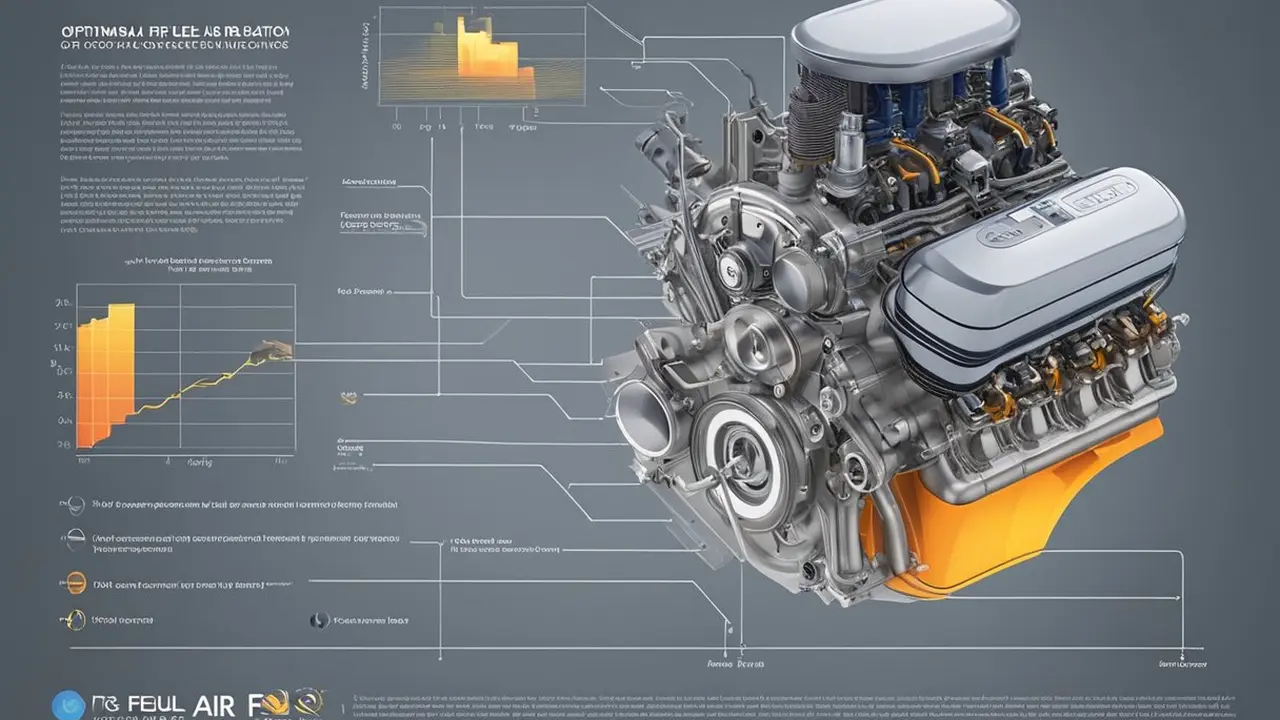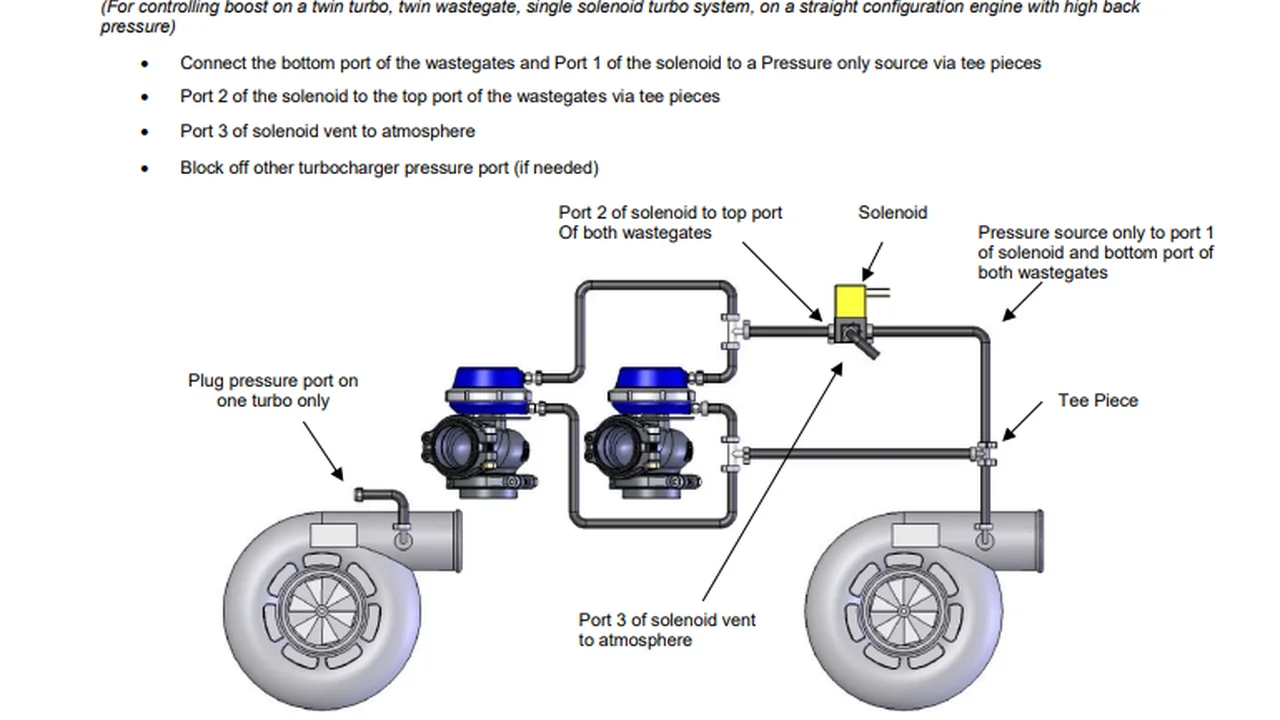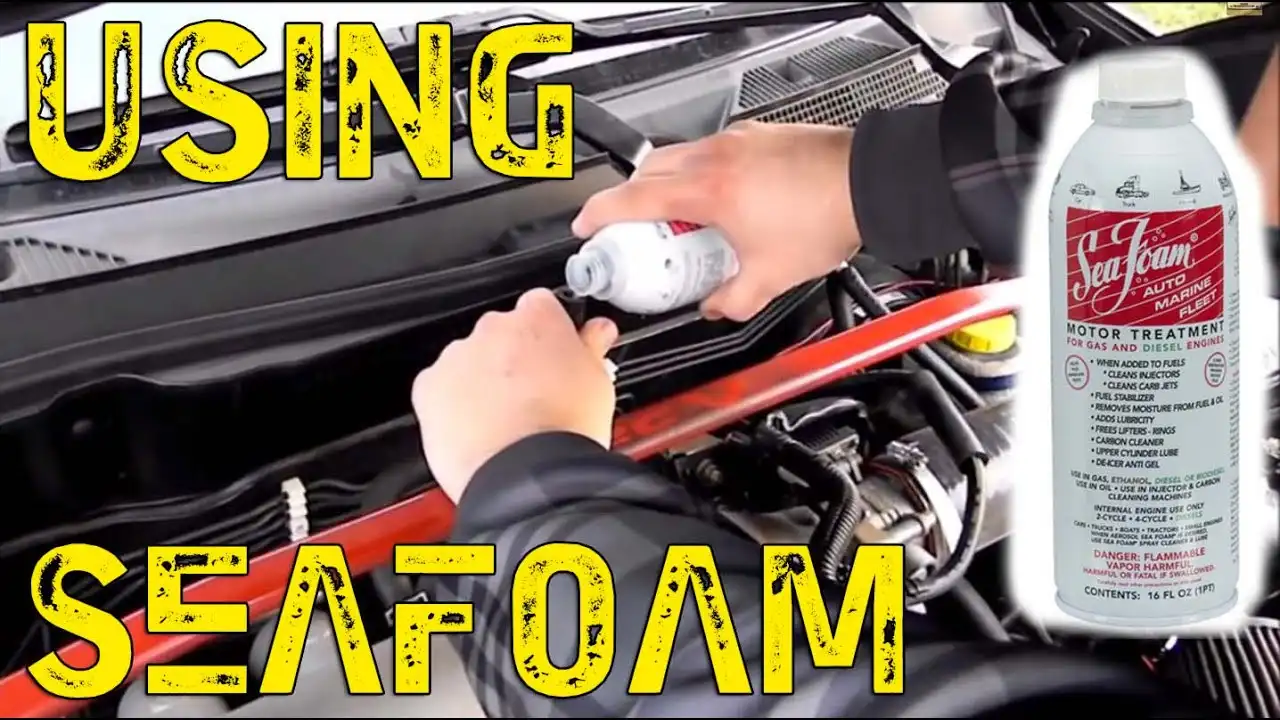How to Properly Store Your Car for Winter: Protecting Your Engine

Proper car storage is crucial for protecting your engine during winter This guide covers essential steps for storing your car including stabilizing fuel protecting the battery and preventing corrosion Protect your engine from damage during winter storage
Understanding the Importance of Winter Car Storage Engine Protection
Alright so winter's coming and if you're anything like me you might be thinking about tucking your prized ride away until the sun decides to stick around for more than five minutes a day But just slapping a cover on it and hoping for the best isn't gonna cut it Your engine especially needs some TLC before its winter hibernation Improper storage can lead to a whole host of problems from corrosion and rust to a dead battery and even fuel system issues Think of it like this your car's engine is like a hibernating bear it needs to be prepped properly to survive the winter slumber
Fuel Stabilization Preventing Fuel Degradation During Storage
Gasoline doesn't exactly age like fine wine Over time it degrades especially when exposed to oxygen and moisture This degradation can lead to gum and varnish deposits in your fuel system which can clog injectors and fuel filters Not fun So the first thing you gotta do is stabilize that fuel
Fuel Stabilizer Products Recommendations Pricing
My personal favorite is STA-BIL Fuel Stabilizer. This stuff is like a multivitamin for your fuel system. It prevents the formation of gum and varnish, protects against corrosion, and keeps your fuel fresh for up to 24 months. A 32-ounce bottle usually goes for around $15-$20, and that's enough to treat up to 80 gallons of gas. Just pour it into your gas tank according to the instructions, and then run the engine for a few minutes to circulate the treated fuel throughout the system.
Another solid option is Sea Foam Motor Treatment. Sea Foam is a bit of an all-rounder. It not only stabilizes fuel but also cleans fuel injectors and carburetors. It's a great option if your car has been sitting for a while and you suspect some gunk might have built up. A 16-ounce can is usually around $10-$12.
Fuel Stabilizer Comparison STA-BIL vs Sea Foam
While both are good, STA-BIL is primarily a fuel stabilizer and excels at long-term fuel preservation. Sea Foam offers fuel stabilization plus cleaning capabilities. If you want purely fuel preservation, STA-BIL is better. If you want to clean the fuel system while stabilizing, Sea Foam is better.
Pro Tip: Fill your gas tank nearly full before adding the stabilizer. This minimizes the amount of air in the tank, which helps prevent condensation and further fuel degradation.
Protecting Your Battery Preventing Battery Drain During Storage
Batteries hate sitting idle. They slowly discharge over time, and if they discharge too much, they can become sulfated, which reduces their capacity and lifespan. Nobody wants a dead battery come springtime so let's keep that juice flowing.
Battery Maintenance Battery Tender Recommendations Pricing
The best way to keep your battery happy during winter storage is to use a battery tender or maintainer. A battery tender is a smart charger that monitors your battery's voltage and automatically tops it off when needed. This prevents overcharging and keeps your battery at its optimal voltage.
I highly recommend the Battery Tender Plus. It's a reliable and affordable option that's suitable for most car batteries. It usually sells for around $30-$40. Just connect it to your battery, plug it in, and let it do its thing. It'll keep your battery in tip-top shape all winter long.
Another popular choice is the CTEK MXS 5.0. This is a more advanced charger with multiple charging modes, including a desulfation mode that can help revive older batteries. It's a bit pricier, usually around $80-$100, but it's a great investment if you want the best possible care for your battery.
Battery Tender Comparison Battery Tender Plus vs CTEK MXS 5.0
Both are excellent. Battery Tender Plus is simpler and more affordable, ideal for basic battery maintenance. CTEK MXS 5.0 offers more features and is better for deeply discharged or older batteries.
Alternative: If you don't want to use a battery tender, you can disconnect the battery cables. Just make sure to disconnect the negative cable first to prevent short circuits. However, this will reset your car's computer, so you'll have to re-enter any custom settings when you reconnect it in the spring.
Preventing Corrosion Protecting Metal Components From Rust
Moisture is the enemy of metal. It can cause rust and corrosion, which can damage your engine and other components. To protect against this, you need to create a barrier between the metal and the moisture.
Corrosion Protection Using Fogging Oil and WD-40
For the engine's internal components, consider using fogging oil. Fogging oil is a special type of oil that's designed to coat the inside of your engine and protect it from rust and corrosion during storage. Just spray it into the cylinders through the spark plug holes, then crank the engine a few times to distribute the oil.
For external components, like suspension parts and exhaust systems, a good coat of WD-40 can work wonders. WD-40 displaces moisture and creates a protective barrier against corrosion. Just spray it on liberally, making sure to cover all exposed metal surfaces. A can of WD-40 is relatively cheap, around $5-$10.
Specific Areas for Corrosion Protection
- Cylinder Walls: Spray fogging oil to prevent rust.
- Exhaust System: Coat with high-temp anti-corrosion spray.
- Brake Rotors: Apply a thin layer of WD-40 (remove before driving).
- Undercarriage: Consider undercoating for added protection.
Changing the Oil and Filter Engine Maintenance Best Practices
Old engine oil contains contaminants that can corrode and damage engine components over time. Before storing your car, it's a good idea to change the oil and filter.
Oil Change Recommendations Synthetic vs Conventional
Use a high-quality synthetic oil that meets your car's specifications. Synthetic oil offers better protection against wear and tear, especially during cold starts. A good synthetic oil change with a quality filter will cost around $50-$100, depending on the brand and your car's oil capacity.
While conventional oil is cheaper, synthetic is generally recommended for storage due to its superior resistance to degradation and sludge buildup. Brands like Mobil 1, Amsoil, and Pennzoil offer excellent synthetic options.
Protecting Tires and Suspension Reducing Flat Spots
If a car sits for extended periods, the tires can develop flat spots where they contact the ground. To prevent this, you can either overinflate the tires slightly or, better yet, lift the car off the ground using jack stands.
Tire Pressure and Jack Stands Prevention
Overinflate the tires to the maximum pressure listed on the sidewall. This will help them maintain their shape during storage. If you're using jack stands, make sure to use the proper lifting points on your car's frame to avoid damage. A set of good jack stands will cost around $50-$100.
Sealing the Car Interior and Exterior Preventing Moisture and Pests
Finally, you want to seal the car as much as possible to prevent moisture and pests from getting inside. Close all windows and doors tightly, and consider using a car cover to protect the paint from dust and UV damage.
Car Cover Recommendations and Pest Control
A good car cover will cost around $50-$200, depending on the material and features. Look for a breathable cover that's designed for outdoor use. Also, place some mothballs or dryer sheets inside the car to deter rodents.
Pro Tip: Place a moisture absorber inside the car to help prevent condensation. These are available at most hardware stores for around $10-$20.
Last Steps Before Storage A Checklist
Before you bid adieu to your beloved vehicle, run through this checklist:
- Change the oil and filter
- Stabilize the fuel
- Protect the battery with a tender or disconnect it
- Fog the engine
- Coat exposed metal with WD-40
- Overinflate the tires or use jack stands
- Seal the car interior and exterior
- Place moisture absorbers and pest deterrents inside
By following these steps, you can ensure that your engine and your entire car will be ready to hit the road running when spring arrives. Happy hibernating!
:max_bytes(150000):strip_icc()/277019-baked-pork-chops-with-cream-of-mushroom-soup-DDMFS-beauty-4x3-BG-7505-5762b731cf30447d9cbbbbbf387beafa.jpg)






